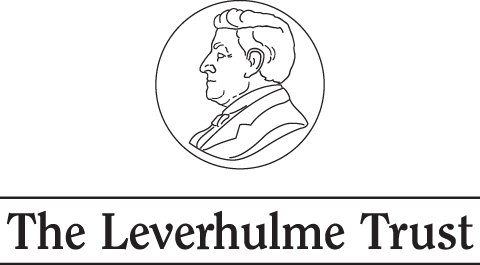 The Mexican communist and artist Diego Rivera (1886-1957), born in Guanajuato City, Mexico, earned a government scholarship which allowed him to study art in Mexico City from the age of 10. A government grant enabled him to continue his studies in Europe in 1902. He settled in Paris in 1909, where he became acquainted with many prominent painters at the time, including Pablo Picasso. Rivera received another grant to study classical art in Italy, exposing him to Etruscan and Byzantine artworks.
The Mexican communist and artist Diego Rivera (1886-1957), born in Guanajuato City, Mexico, earned a government scholarship which allowed him to study art in Mexico City from the age of 10. A government grant enabled him to continue his studies in Europe in 1902. He settled in Paris in 1909, where he became acquainted with many prominent painters at the time, including Pablo Picasso. Rivera received another grant to study classical art in Italy, exposing him to Etruscan and Byzantine artworks.
He returned to Mexico in 1921 in the wake of the Mexican Revolution (1910-1920). He expressed desire to include revolutionary themes in his public artworks, although many of his commissioned frescos depict Mexican agriculture, industry, and culture. Significant commissioned works of Rivera’s include frescos for the National School of Agriculture (1926), the Cortés Palace (1930), and the National Palace in Mexico City (1930-35).
By 1922, Rivera had participated in the founding of the Revolutionary Union of Technical Workers, Painters and Sculptors, a union resulting from the Mexican muralist movement which was spearheaded by the ‘three greats’ – Rivera, José Clemente Orozco, and David Alfaro Siqueiros. All three often included elements of Marxism in their artworks, especially in depicting the struggles of the oppressed working class in Mexico. Later the same year, Rivera joined the Mexican Communist Party. One of Rivera’s murals from this period, entitled ‘Ballad of the Proletarian Revolution’ exhibits his disdain for the bourgeois capitalist class.
In 1929, Rivera was expelled from the Mexican Communist Party on allegations of Trotskyite sympathies. These suspicions later proved true, as Trotsky lived with Rivera and his wife Frida Kahlo for several months in 1939 whilst exiled in Mexico.
Between 1930 and 1934, Rivera was mostly in the US. It was during this period that he was commissioned to paint a mural for the lobby of the new skyscraper in Rockefeller Plaza in New York City. The mural, entitled ‘Man at the Crossroads,’ is permeated with Communist imagery and is flanked on either side by two seated figures bearing a resemblance to classical sculptures. Sara Monoson explains that there is a contrast between the images of science and technology, which indicate hope for the future, and the references to the classical past, which are much more negatively portrayed. For example, the classical figure on the right of the mural is decapitated and holding the Roman fasces, which is altered with a swastika, thus associating the classical with oppressive regimes. Monoson summarises that ‘the composition as a whole seems to urge rejection of classical models as a resource to be mined for the purpose of modelling modern aspirations.’[1]
However, the mural was never publicly displayed because Rivera included an image of Vladimir Lenin in its composition and refused to remove or modify this. As the mural was completed in fresco, it needed to be fully destroyed. The event as a whole gained notoriety for being considered ‘the greatest blunder in the history of art patronage in the USA.’[2]
![]() This profile was written by Maeve Neaven.
This profile was written by Maeve Neaven.
[1] Monoson, Sara S., ‘Aesop Said So: Ancient Wisdom and Radical Politics in 1930s New York.’ Classical Receptions Journal 8, 2016, 108-11. The article can be accessed here.
[2] Ibid., 110.




